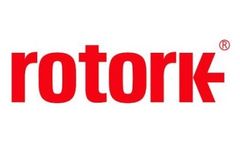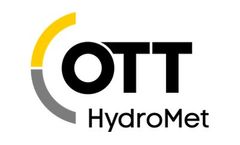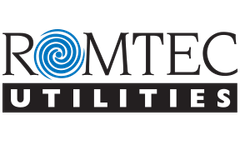Power Plant Controller Articles & Analysis
12 articles found
Own energy with added and nutritional valueThe Wu¨rzbauer family uses the E3/DC home power station for their bakery and pension The energy management controls own supply from PV and the CHP unit 85% of the electricity comes from own generation on an annual average Facts at a glance Object: commercial building, usable area: 1,700 m2, year of construction: 1963 Location: ...
Liam Jones details how electric actuators were used in a solarpowered automation project on produced water pipelines Recently, a US water management company requested help to develop solar-powered control stations for some of its water-gathering pipelines in West Texas and New Mexico. Produced water, a by-product of oil and gas production, is taken from wells and gathered via a pipeline to ...
Following the successful commissioning of a 64.1 MW Benban solar power plant in Egypt in December 2017, system integrator Gantner Instruments Environment Solutions GmbH announced that it will equip three more plants of the Benban complex with a solar monitoring system. ...
A frequent scenario for a Romtec Utilities pump station is pumping for a heat recovery steam generator (HRSG) or blowdown process in cogeneration/combined-cycle power plants. Cogeneration and combined-cycle power plants derive power from natural gas in two methods. ...
Nuclear power plants rely on computerised Instrumentation and Control (I&C) systems in monitoring, control and protection at nuclear facilities. I&C systems serve a critical role in monitoring and control functions in nuclear power plants (National Research Council, 1997). ...
Advances over the past decade in process Instrumentation and Control (I&C) for nuclear power plants have occurred in three areas: 1. digital I&C; 2. sensors and transmitters; 3. online monitoring. These areas are the subject of this paper, including a discussion of the related opportunities and challenges.Keywords: digital instrumentation, ...
A wind energy conversion system (WECS) differs from a conventional power system. The power output of a conventional power plant can be controlled whereas; the power output of a WECS depends on the wind. ...
In early 2007, a US Department of Energy report listed 151 coal-fired power plants in the planning stages in the United States. But during 2007, 59 proposed plants were either refused licenses by state governments or quietly abandoned. ...
Power station control and management systems represent key elements for guaranteeing the security of the power grid infrastructure. Intrinsically conceived to support the continuous provision of power in secure conditions, those systems today make intensive use of information and communication systems and are therefore exposed to related accidental and intentional cyber threats. This paper ...
Based on the methods of Cook and Campbell (1979), a quasi-experimental validation model for complex human–machine systems has been recommended for the final evaluation of nuclear power plant control rooms (O'Hara et al., 1997). This model-based approach to validating systems and assuring safety is critiqued in terms of experimental theory and ...
A new scheme is proposed for the speed control of hydro turbines. Power can be controlled by controlling the rotary motion of the spear valve or linear motion of the sluice gate. In this paper, necessity for speed control, various function of governors, types, speed regulation of micro-hydroelectric ...
This paper examines past experience in controlling emissions of sulphur dioxide (SO2) and nitrogen oxides (NOx) from coal-fired electric power plants. In particular, we focus on US and worldwide experience with two major environmental control technologies: flue gas desulphurisation (FGD) systems for SO2 control ...






